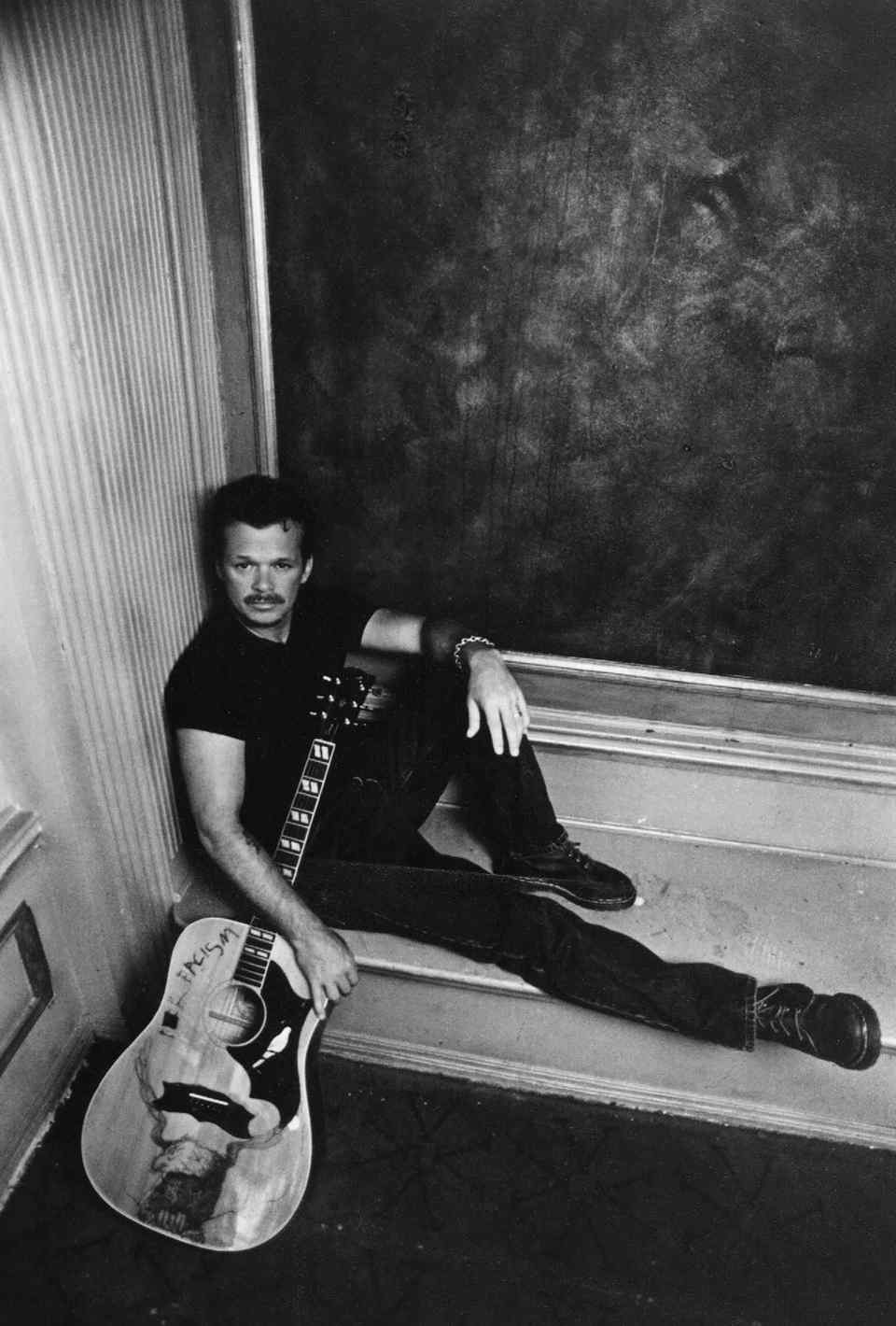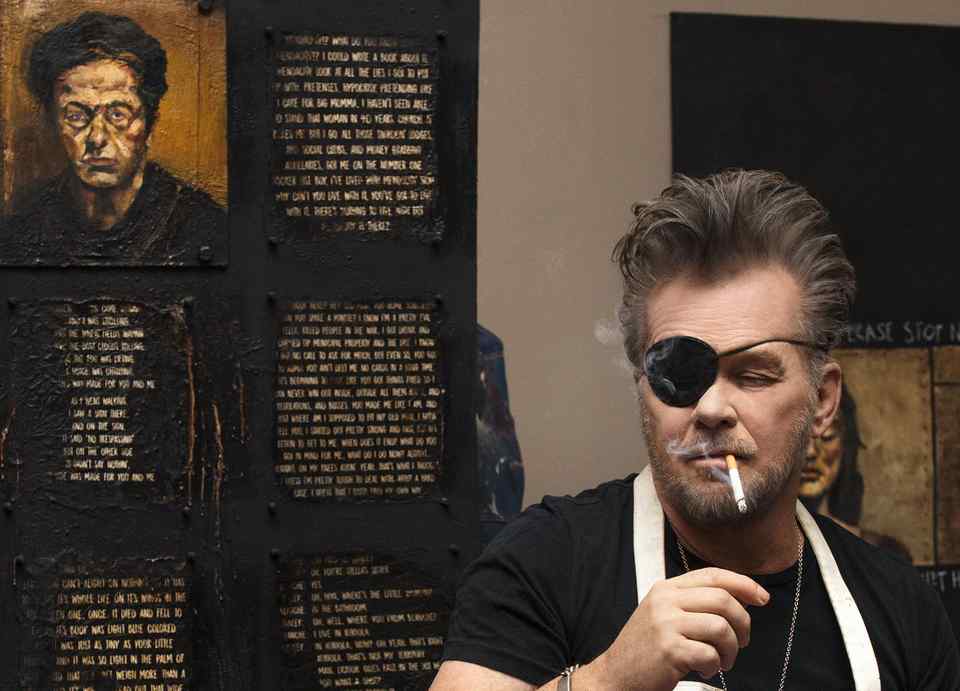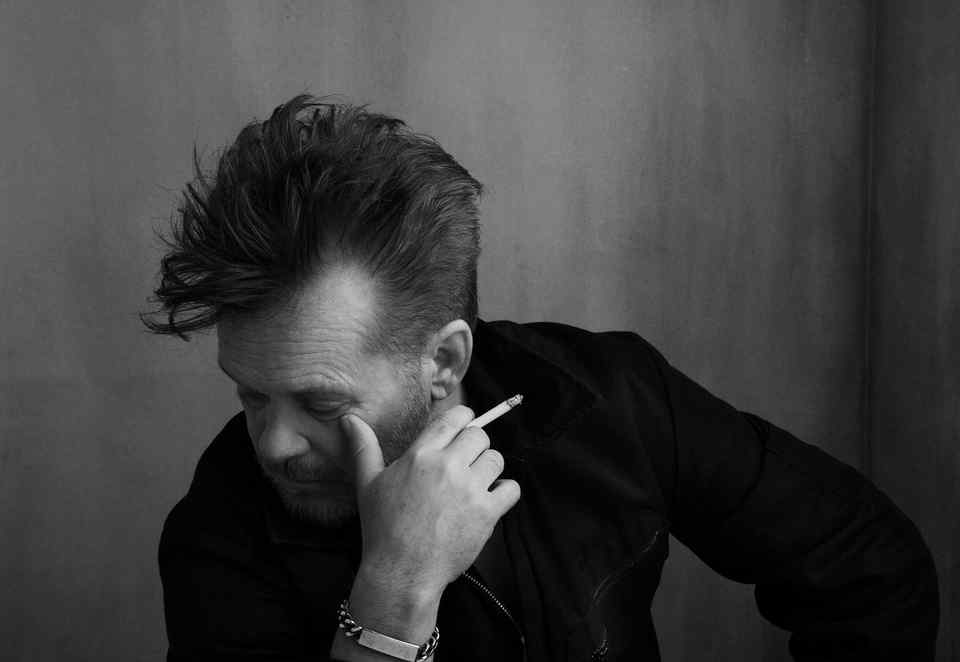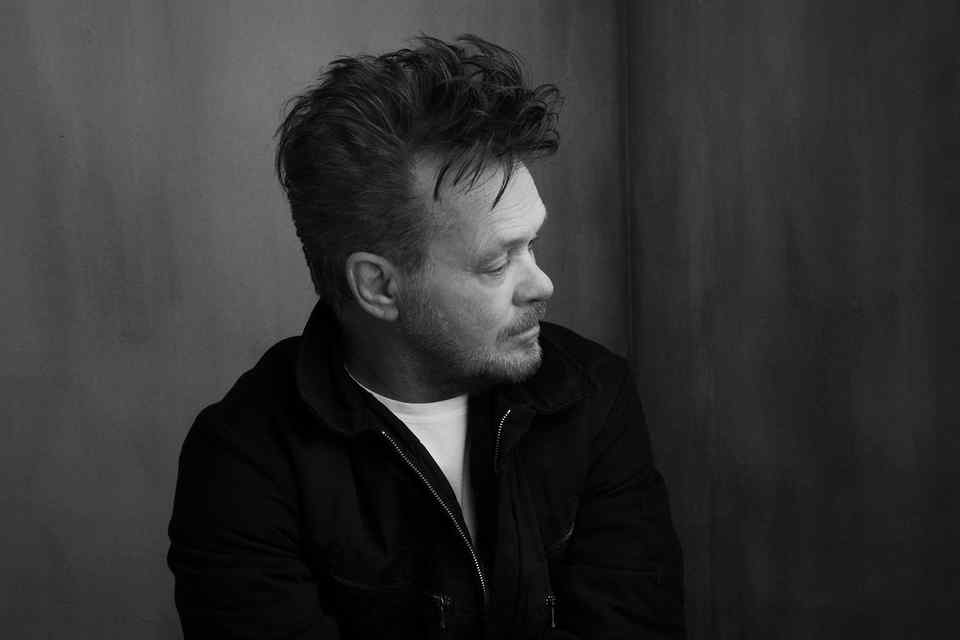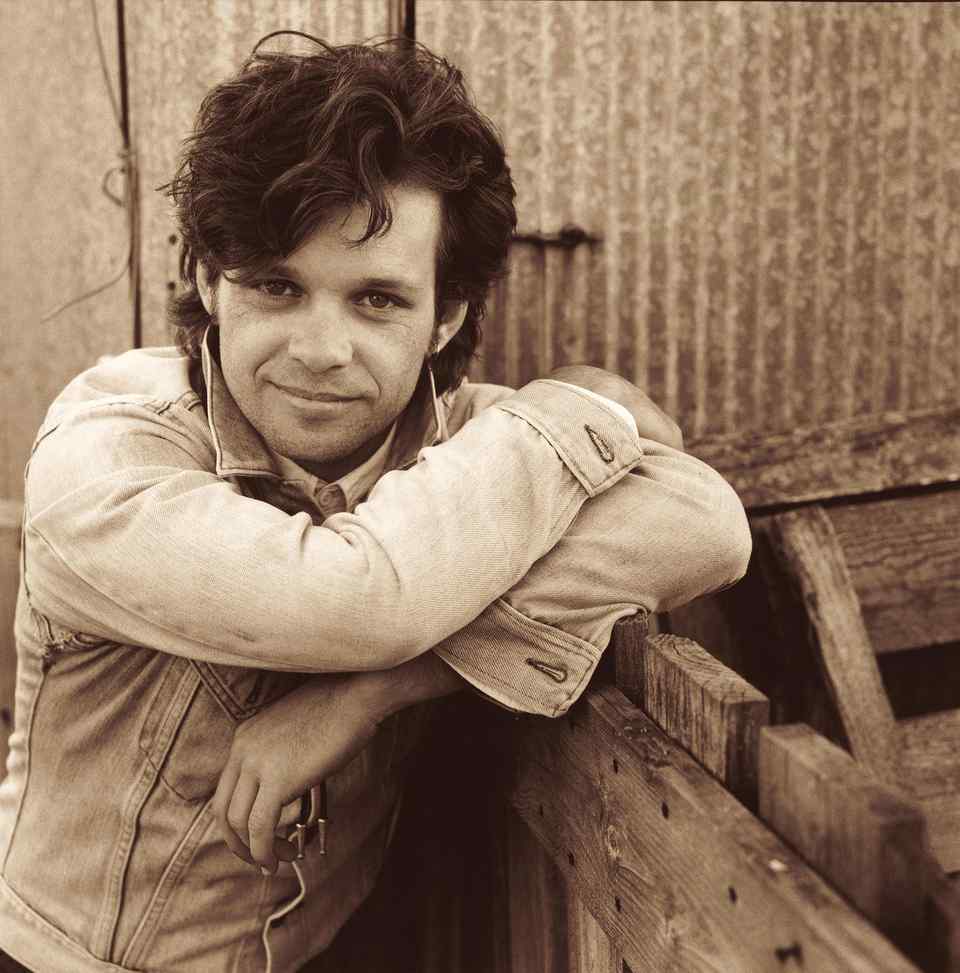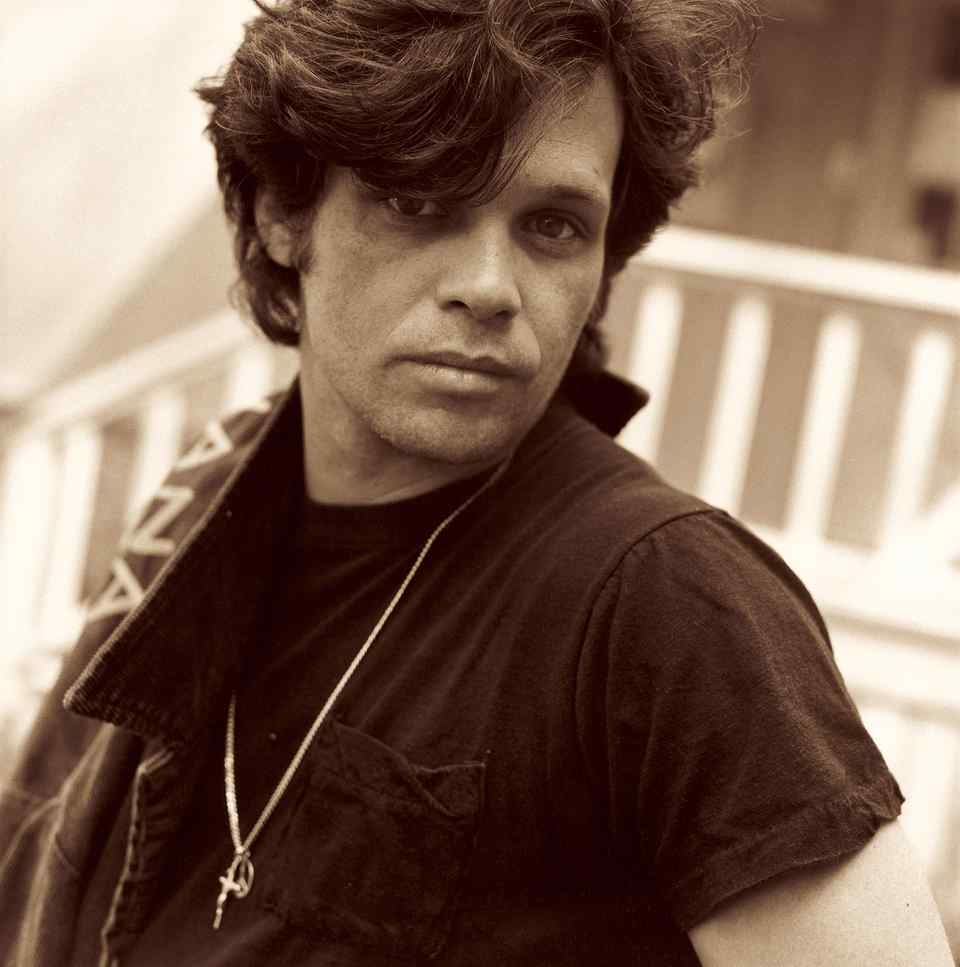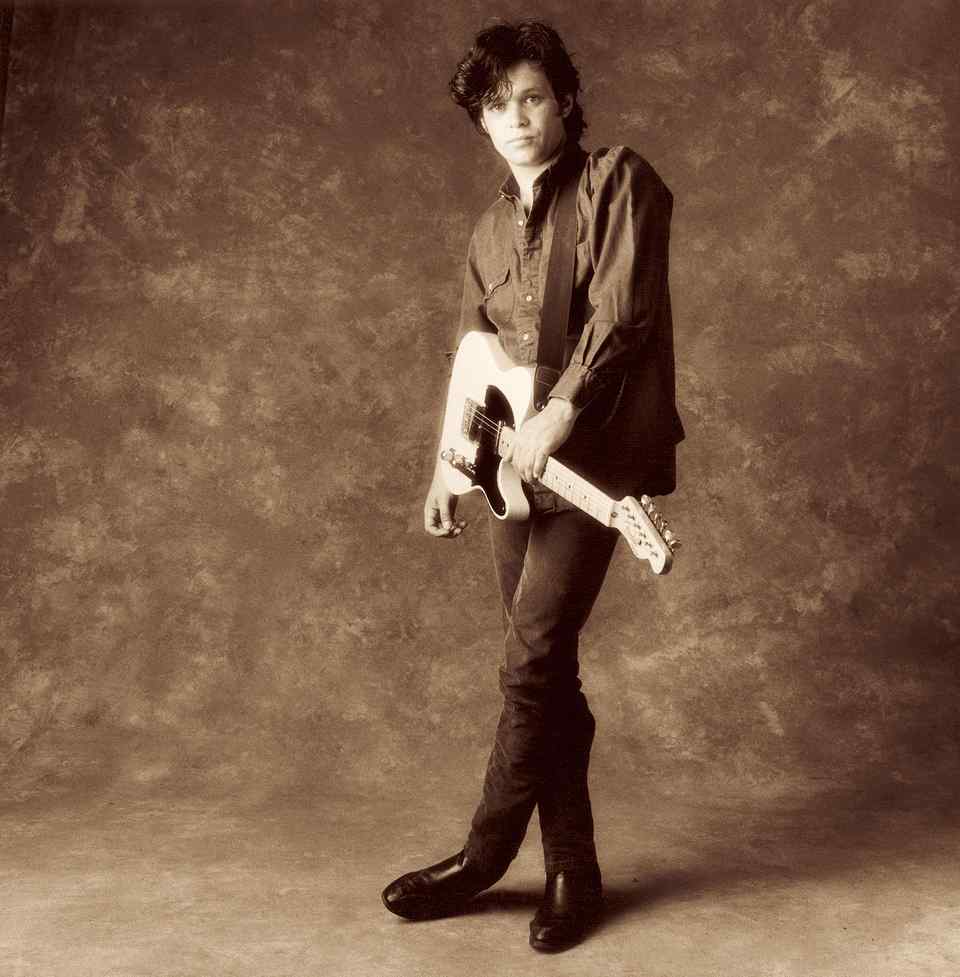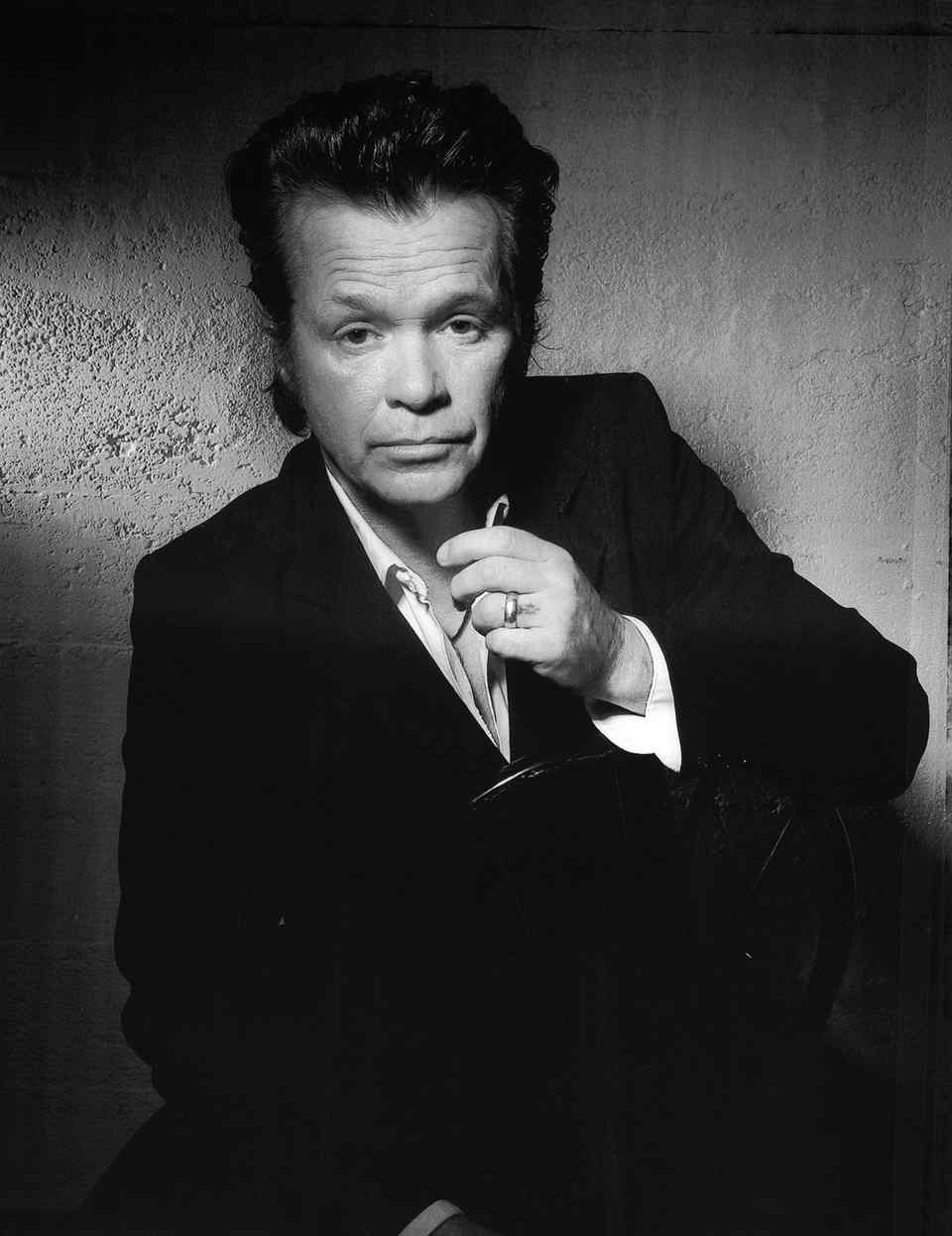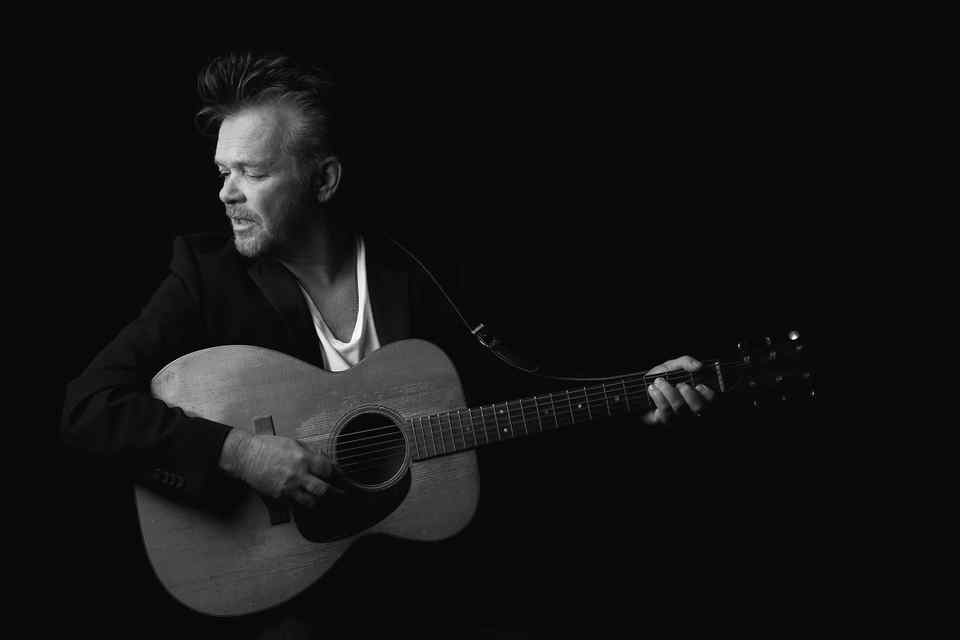Buffalo News: No Better Than This Review
Buffalonews.com By Jeff Miers
The First African Baptist Church, in Savannah, Ga. 706UnionAve. in Memphis, Tenn. Room 414, the Gunter Hotel, San Antonio, Texas.
The first of these sites houses the country’s oldest African-American church and was a stop on the Underground Railroad. The second is the home of Sun Studios, where producer Sam Phillips recorded the likes of Elvis Presley and Johnny Cash and changed the course of Western civilization in the process. The last of the three addresses is the very room where Robert Johnson made the recordings that would comprise his complete body of work, recordings that are as much myth as history now.
These are the three locations John Mellencamp chose to record his new collection, “No Better Than This," with the help of producer T-Bone Burnett. “All those ghosts. All those spirits. This is a haunted record," writes Burnett in the album’s liner notes. He ain’t whistlin’ Dixie.
Mellencamp recorded these tracks live, with a single microphone, in mono. Calling them “stripped down” by today’s standards just doesn’t cut it. It’s impossible to read Mellencamp’s motives here as anything other than a reaction to the soullessness of modern recording methods, which even fans of Pro Tools and the like should be able to admit have gotten a bit out of hand. It’s also difficult to avoid the notion that Mellencamp has not employed any of this as some sort of gimmick. He is after a piece of the country’s soul. That he felt it necessary to look so far back to find a remnant of that soul might be interpreted as a commentary in and of itself. Read it how you will.
“No Better Than This” is a dusty sounding record. It most definitely sounds like it was recorded in the late 1950s, if not earlier. The touchstones are Hank Williams, early Elvis, Cash, Woody Guthrie, and the Delta blues artists Mellencamp has been studying for many years now, since prior to the release of his stunning “Trouble No More” collection.
The old, weird African-American blues, the white man’s concurrent folk music, and the primal rock ’n’ roll which sought to marry the two have granted Mellencamp a blank canvas on which to paint his portrait. In lesser hands, this might sound like some sort of “retro” effort, but Mellencamp is completely in his element here. His often grim existential viewpoints, his world-weariness, his general disgust with the state of his country, and his ability to take what sure sounds like delight in the denial of comforting illusions — all of these recall Robert Johnson, Son House, Williams, and those early sides Cash cut for Sun Records.
And yet somehow, “No Better Than This” makes perfect sense in the Mellencamp catalog. It bears the markings of the record Mellencamp has been working toward for his entire career. It’s stark, troubling, but genuinely soul-stirring.
The First African Baptist Church, in Savannah, Ga. 706UnionAve. in Memphis, Tenn. Room 414, the Gunter Hotel, San Antonio, Texas.
The first of these sites houses the country’s oldest African-American church and was a stop on the Underground Railroad. The second is the home of Sun Studios, where producer Sam Phillips recorded the likes of Elvis Presley and Johnny Cash and changed the course of Western civilization in the process. The last of the three addresses is the very room where Robert Johnson made the recordings that would comprise his complete body of work, recordings that are as much myth as history now.
These are the three locations John Mellencamp chose to record his new collection, “No Better Than This," with the help of producer T-Bone Burnett. “All those ghosts. All those spirits. This is a haunted record," writes Burnett in the album’s liner notes. He ain’t whistlin’ Dixie.
Mellencamp recorded these tracks live, with a single microphone, in mono. Calling them “stripped down” by today’s standards just doesn’t cut it. It’s impossible to read Mellencamp’s motives here as anything other than a reaction to the soullessness of modern recording methods, which even fans of Pro Tools and the like should be able to admit have gotten a bit out of hand. It’s also difficult to avoid the notion that Mellencamp has not employed any of this as some sort of gimmick. He is after a piece of the country’s soul. That he felt it necessary to look so far back to find a remnant of that soul might be interpreted as a commentary in and of itself. Read it how you will.
“No Better Than This” is a dusty sounding record. It most definitely sounds like it was recorded in the late 1950s, if not earlier. The touchstones are Hank Williams, early Elvis, Cash, Woody Guthrie, and the Delta blues artists Mellencamp has been studying for many years now, since prior to the release of his stunning “Trouble No More” collection.
The old, weird African-American blues, the white man’s concurrent folk music, and the primal rock ’n’ roll which sought to marry the two have granted Mellencamp a blank canvas on which to paint his portrait. In lesser hands, this might sound like some sort of “retro” effort, but Mellencamp is completely in his element here. His often grim existential viewpoints, his world-weariness, his general disgust with the state of his country, and his ability to take what sure sounds like delight in the denial of comforting illusions — all of these recall Robert Johnson, Son House, Williams, and those early sides Cash cut for Sun Records.
And yet somehow, “No Better Than This” makes perfect sense in the Mellencamp catalog. It bears the markings of the record Mellencamp has been working toward for his entire career. It’s stark, troubling, but genuinely soul-stirring.
